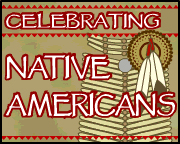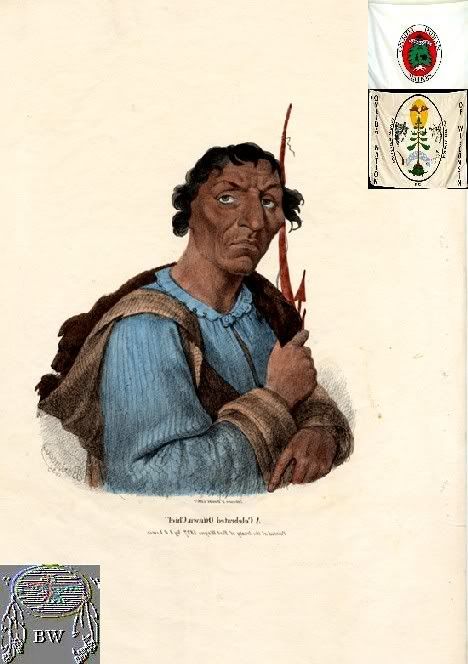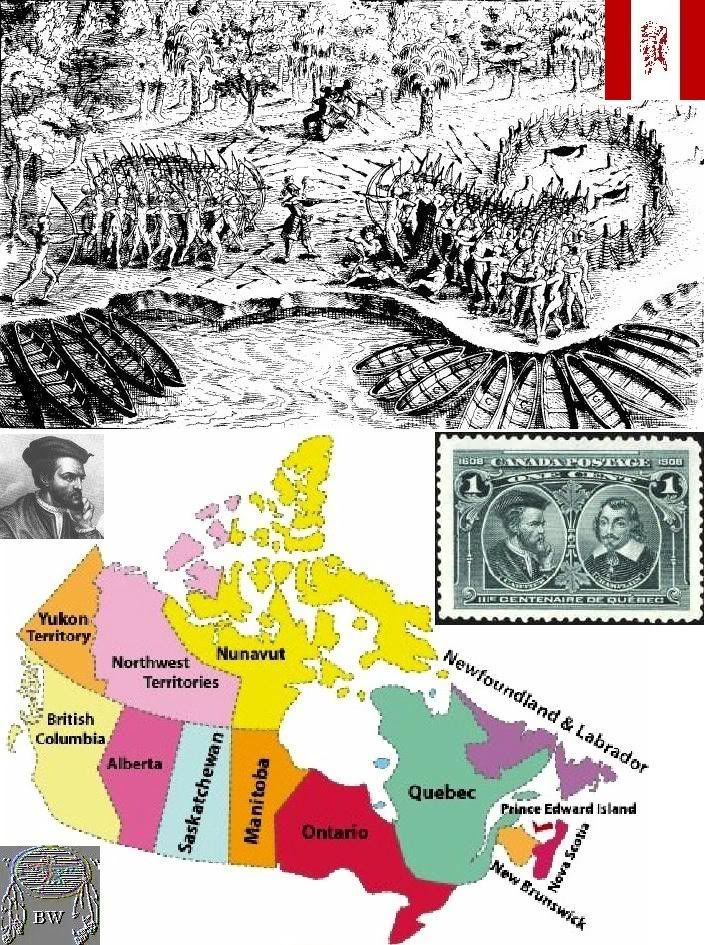|
BRAVEHORSE WARRIOR Tareha
Oneida Warrior

 Chief Tareha
Warrior Citation
TAREHA (Atarhea, Tarrigha, Tarsha, Tharca), an Oneida chief; fl. 1691–95. On 10 June 1693, according to Father Charlevoix,
Tareha reached Montreal, bringing with him Saint-Amour, who had been a captive of the Iroquois for four years. He wanted to
exchange him for his nephew, who was a prisoner at the Saint-François-Xavier mission at the Saint-Louis (Lachine) rapids.
Immediately the Chevalier de Callière sent Tareha to Quebec, where Frontenac consented to the exchange. As proof of his sincerity
the Native American had presented to the governor a letter from the Jesuit Father Millet. He warned Frontenac that the French
should be on the look-out at harvest-time. The Native Americans wanted peace, he added, and if he succeeded in reconciling
his canton with the French, he would come and spend the rest of his days at the Saint François-Xavier mission. Through him
the Comte de Frontenac asked each of the Five Nations to send him two ambassadors in September, among whom he wished to see
Teganissorens, the famous Onondaga orator.
Chief Tareha
Warrior Citation
TAREHA (Atarhea, Tarrigha, Tarsha, Tharca), an Oneida chief; fl. 1691–95. On 10 June 1693, according to Father Charlevoix,
Tareha reached Montreal, bringing with him Saint-Amour, who had been a captive of the Iroquois for four years. He wanted to
exchange him for his nephew, who was a prisoner at the Saint-François-Xavier mission at the Saint-Louis (Lachine) rapids.
Immediately the Chevalier de Callière sent Tareha to Quebec, where Frontenac consented to the exchange. As proof of his sincerity
the Native American had presented to the governor a letter from the Jesuit Father Millet. He warned Frontenac that the French
should be on the look-out at harvest-time. The Native Americans wanted peace, he added, and if he succeeded in reconciling
his canton with the French, he would come and spend the rest of his days at the Saint François-Xavier mission. Through him
the Comte de Frontenac asked each of the Five Nations to send him two ambassadors in September, among whom he wished to see
Teganissorens, the famous Onondaga orator.
 Towards the end of September Tareha returned to Quebec, accompanied only by Gouentagrandi, a woman from his lodge who
had always shown kindness to the French prisoners; she had been baptized by Father Millet a few years earlier and given the
name Suzanne. The count was affable. Tareha apologized for not being surrounded by the delegates from his canton and cast
all the blame on the English. As Benjamin Fletcher, the governor of New York, had suggested, the Indian advised Frontenac
to send a representative to Albany, where it was said, the English wanted to negotiate with the French and the Indians. Frontenac
was indignant; he dismissed Tareha, but not without giving him the customary presents. Teganissorens and eight delegates finally
appeared at Quebec in the month of May 1694. Tareha and the two Oneida ambassadors did not arrive until 1 November, after
Millet’s liberation; they were badly received by the irascible Frontenac, who however calmed down on receiving the Jesuit’s
testimony, to whom Tareha had “rendered good services during his captivity.” According to the Oneidas, who recalled
his memory in 1757, Tareha lived until the time of Philippe de Rigaud de Vaudreuil and always proved himself to be the ally
of the French. From: historical accounts & records
Towards the end of September Tareha returned to Quebec, accompanied only by Gouentagrandi, a woman from his lodge who
had always shown kindness to the French prisoners; she had been baptized by Father Millet a few years earlier and given the
name Suzanne. The count was affable. Tareha apologized for not being surrounded by the delegates from his canton and cast
all the blame on the English. As Benjamin Fletcher, the governor of New York, had suggested, the Indian advised Frontenac
to send a representative to Albany, where it was said, the English wanted to negotiate with the French and the Indians. Frontenac
was indignant; he dismissed Tareha, but not without giving him the customary presents. Teganissorens and eight delegates finally
appeared at Quebec in the month of May 1694. Tareha and the two Oneida ambassadors did not arrive until 1 November, after
Millet’s liberation; they were badly received by the irascible Frontenac, who however calmed down on receiving the Jesuit’s
testimony, to whom Tareha had “rendered good services during his captivity.” According to the Oneidas, who recalled
his memory in 1757, Tareha lived until the time of Philippe de Rigaud de Vaudreuil and always proved himself to be the ally
of the French. From: historical accounts & records
|

